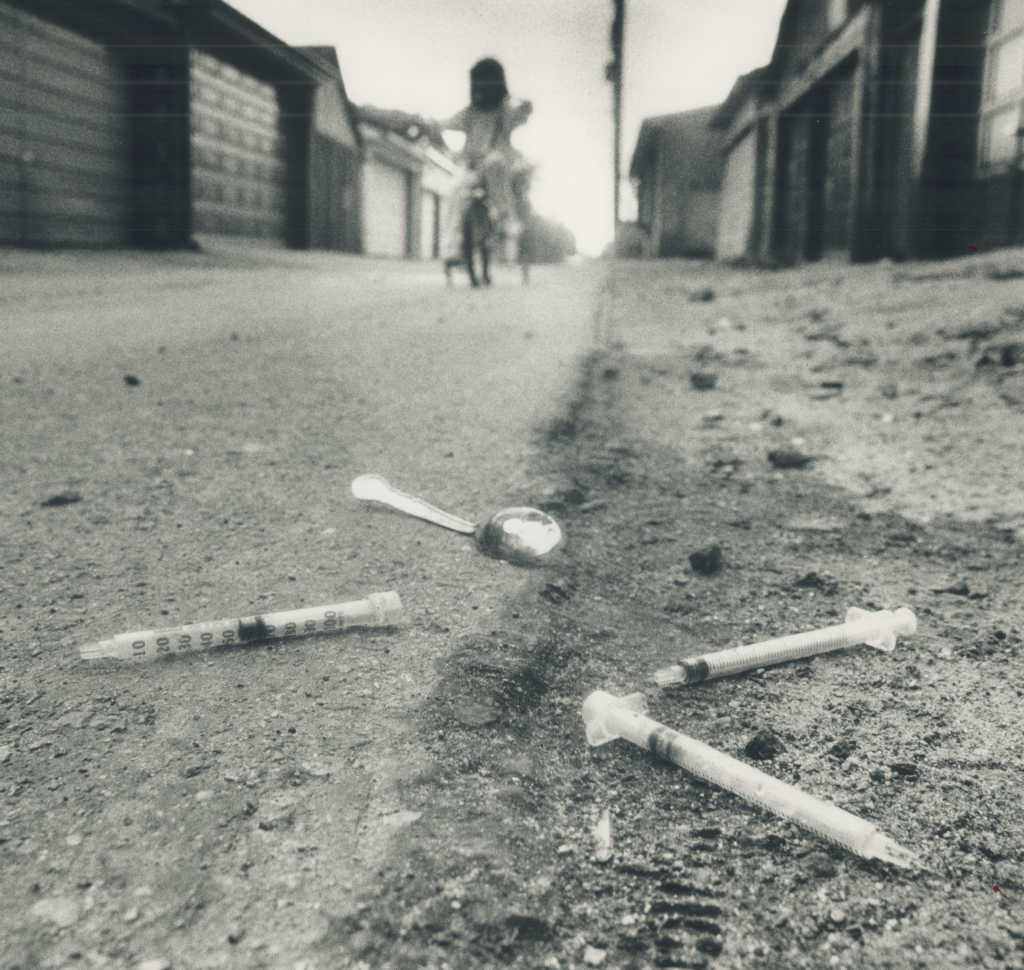Some sobering numbers were released by the Center for Disease Control and Prevention earlier this month, which show that the number of deaths by heroin overdose last year surpassed the number of people killed by homicide for the first time.
The number of people who died from opioid overdose in 2015 surged, surpassing 30,000 for the first time, according to data released by the CDC.
This marks an increase of 5,000 from 2014, according to the Washington Post. Deaths involving powerful synthetic opioids, including fentanyl, rose by almost 75 percent from 2014 to 2015.
Death by heroin rose by more than 2,000 cases in 2015 as well, and there were more deaths due to heroin, rather than traditional opioid painkillers like hydrocodone and oxycodone, for the first time since the late 1990s.
Heroin use more than doubled w/ young adults 18–25. Healthcare providers: help reduce addiction. #VitalSigns http://t.co/M6GzfnZ5FJ
— CDC (@CDCgov) July 15, 2015
The opioid epidemic “continues to worsen,” said CDC Director Tom Frieden, adding that the misuse of prescription opioids, the use of heroin and the illicit manufacturing of fentanyl are “intertwined and deeply troubling problems.”
Many opioid fatalities involve a combination of drugs, often with multiple types of opioids, or they are used in conjunction with other sedatives, like alcohol.
More people were killed by heroin-related than by gun homicides in 2015. Less than 10 years ago, gun homicides outnumber heroin deaths by more than 5 to 1.
Congress recently passed a bill containing a $1 billion budget to combat the opioid epidemic.
House passes massive 21st Century Cures Act, huge health care bill, 392-26. Include mental health reform, $1 billion for opioid crisis.
— Liz Szabo (@LizSzabo) December 1, 2016
The predicament with opioid addiction mostly stemmed from the explosion of prescription painkiller use in the late 1990s and early 2000s, with widespread use leading to people developing dependencies on the drugs. When various state and federal authorities began implementing tighter restrictions on painkillers, the demand then shifted to the illicit market, which fed the recent heroin boom.


